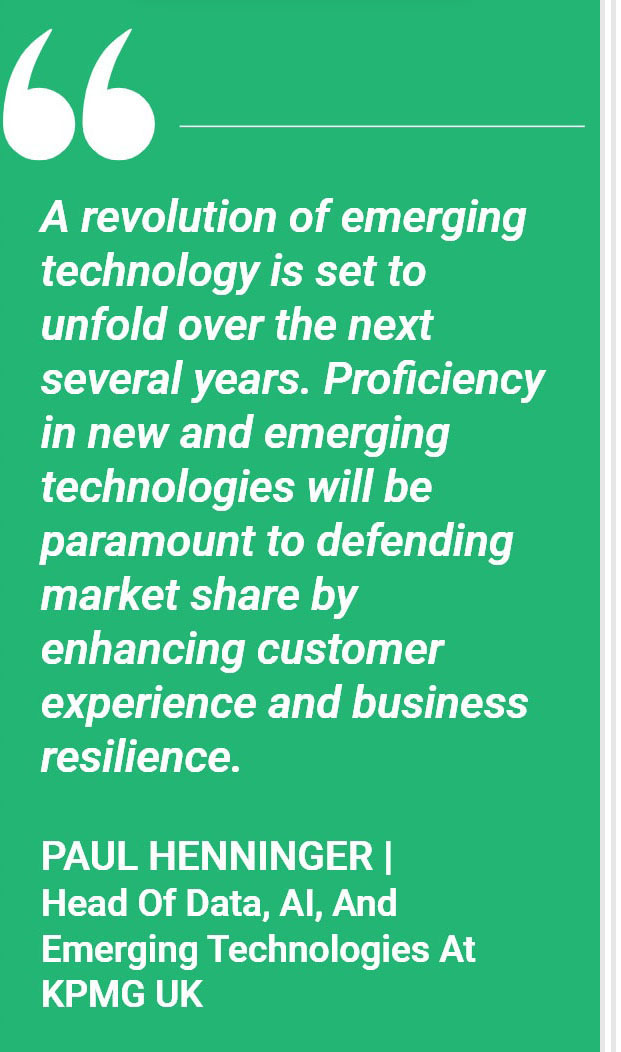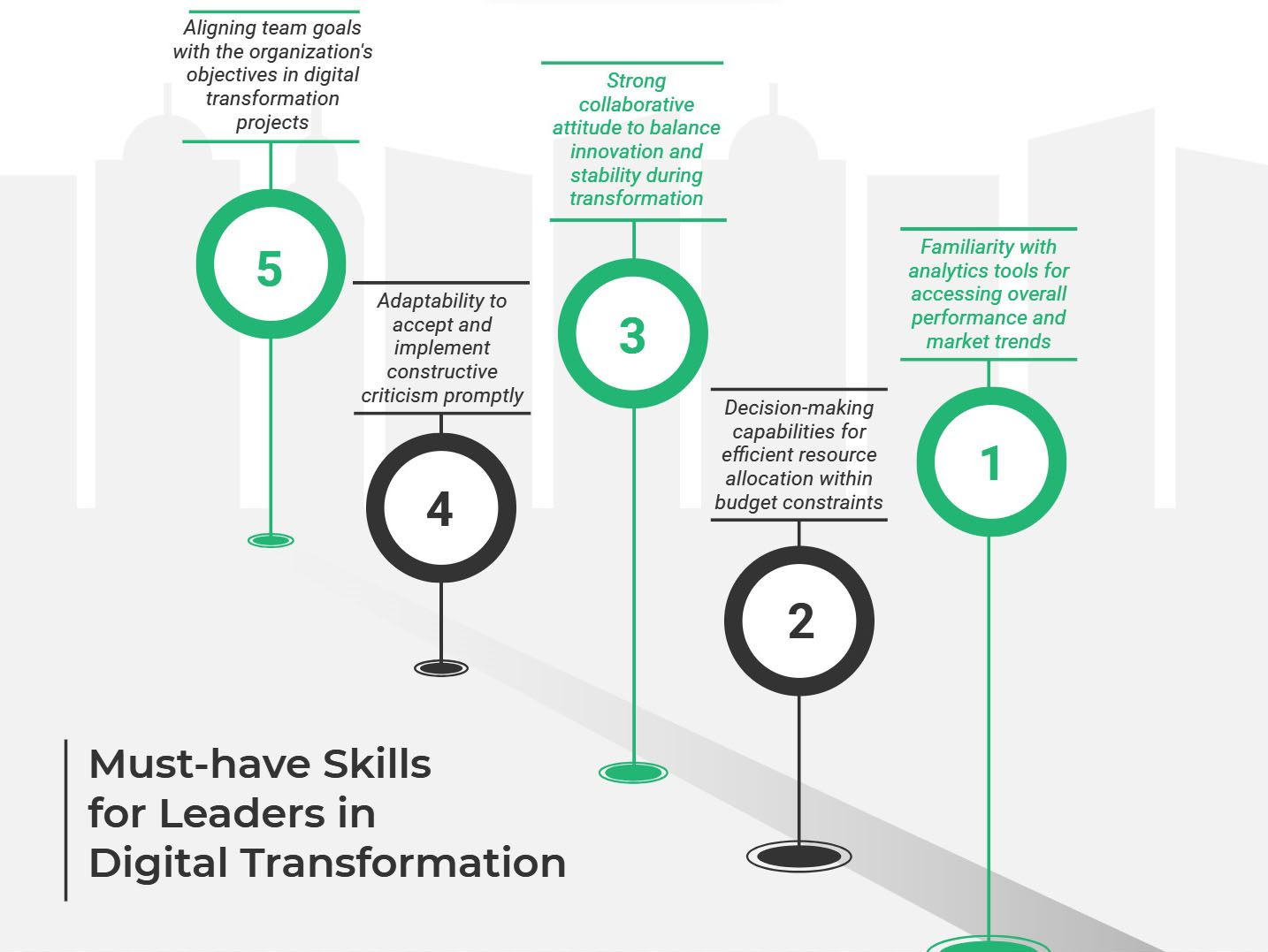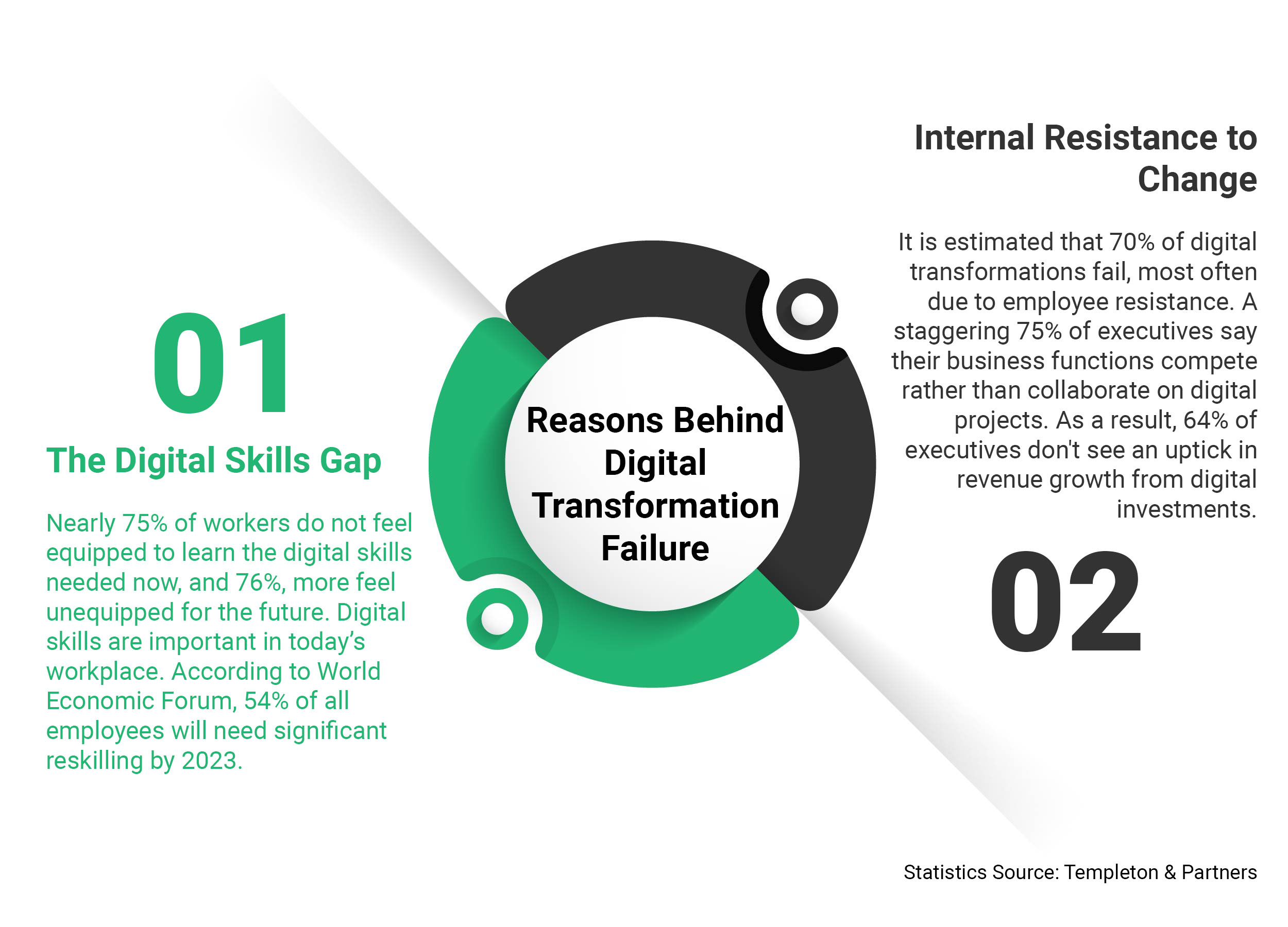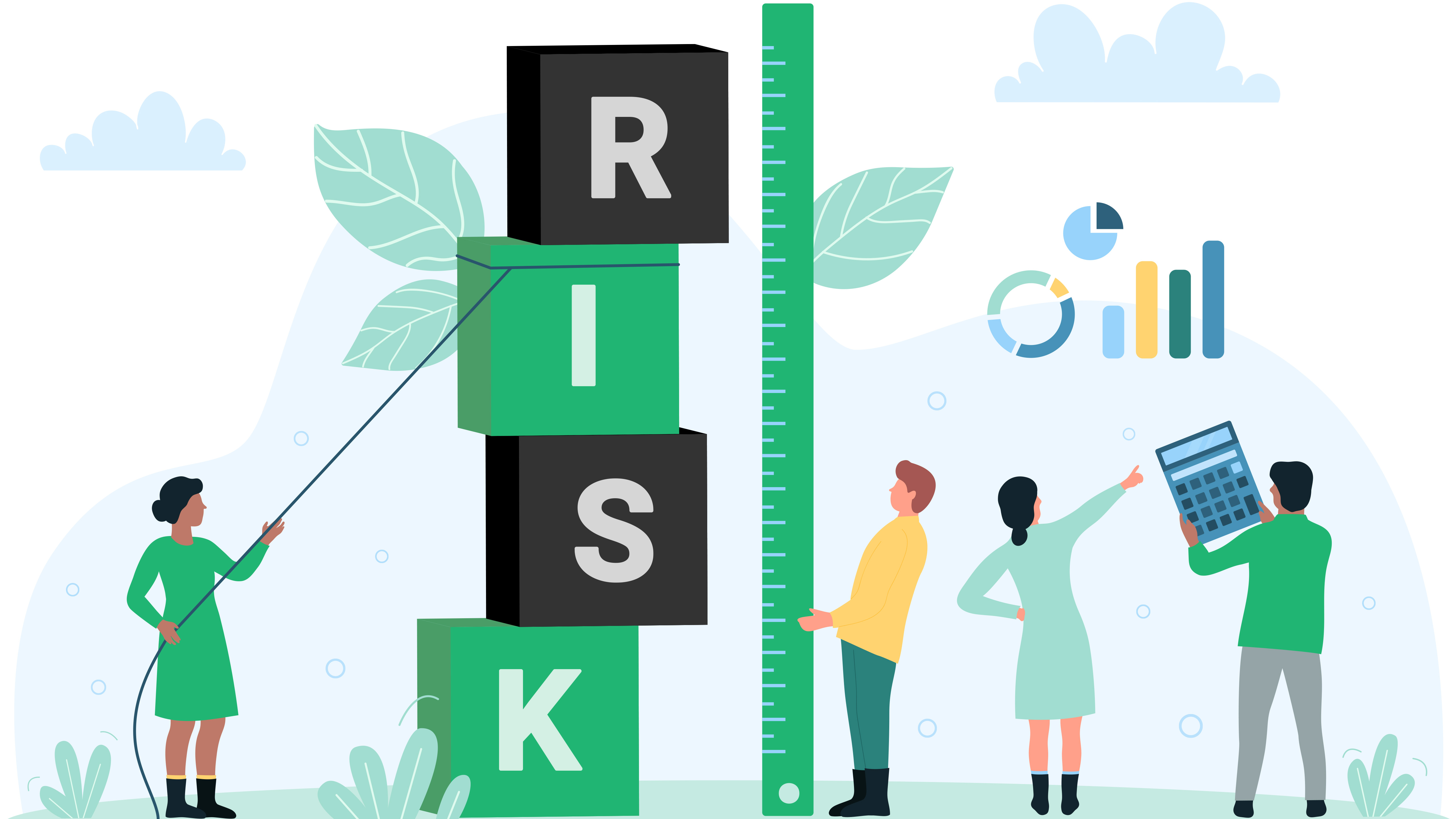
Imagine this: You have a brilliant idea to revolutionize your business, leveraging cutting-edge technology, streamlining processes, and enhancing customer experiences. Doesn’t it sound like a dream come true? Is it merely wishful thinking or a realistic path to success?
According to the World Economic Forum, digital transformation will generate $100 trillion in societal and industrial value by 2025. Studies have also highlighted that nearly 76% of companies are investing in emerging technologies. A recent KPMG survey of 2,200 tech executives, including 100 in the UK, revealed that despite rising costs, economic uncertainty, geopolitical instability, and a global talent challenge, businesses are investing heavily in digital transformation and plan to advance in the future.
The digital landscape is evolving at lightning speed, and those who cannot keep up might find themselves left behind. As a business leader, can your organization thrive in this ever-evolving business landscape? A well-crafted digital transformation roadmap will help you stay ahead of the curve, outperform competitors, and achieve your business objectives like never before. But what exactly is a digital transformation roadmap? And why do you need one? In this article, we will explore the significance of a transformation roadmap and how it can revolutionize your business.
What Is Digital Transformation Roadmap?

The digital transformation roadmap template is a step-by-step plan that shows how you can use digital technology to reach your business goals and stay ahead of the game in the long run. Think of it this way: your digital transformation strategy is like a vision that outlines where you want to be in the future and the reasons behind it. On the other hand, the roadmap is like a visual guide that breaks down all the tasks and activities you need to do within a specific timeframe to make that vision a reality. The roadmap to digital transformation helps you connect the dots between your present state and your future digital success!
Can the Digital Transformation Roadmap Be Your Blueprint for Project Planning?
Projects are the cornerstones of organizations. They are how companies innovate, grow, and adapt to the changing business landscape. Whether it is developing new products, improving processes, or expanding into new markets, projects drive progress. However, leading projects can be quite a challenge! Keeping track of tasks, resources, and deadlines can quickly become overwhelming. That is where digital transformation roadmaps step in to save the day!
Digital transformation brings a whole toolbox of technologies and solutions to the table, designed to make the project execution process easier. From advanced software to collaboration tools and data analytics, these digital tools are the real game-changers. Let us explore how leveraging the power of artificial intelligence (AI) empowers your project leaders to improve outcomes and achieve better results.
- AI analyzes vast amounts of data and provides predictive insights to aid decision-making and risk mitigation.
- Intelligent automation automates routine tasks, saving time and reducing costly project mistakes.
- AI algorithms help project leaders allocate resources more effectively based on data analysis.
- Real-time monitoring enables project leaders to track progress and address issues promptly.
- AI-powered collaboration tools enhance communication and teamwork among team members.
- Leveraging AI in project execution can lead to better project outcomes, optimized workflows, and cost reductions.
What Are the Benefits of the Business Transformation Roadmap?

A digital transformation roadmap plays a pivotal role in project management by aligning efforts and resources towards common objectives. The Cascade Team reveals that organizations with a well-defined digital transformation strategy are 2.5 times more likely to achieve project success. Digital transformation roadmap:
- Defines the desired outcomes of your digital transformation efforts,
- Identifies measurable KPIs to track the progress,
- Anticipates potential risks and challenges and develops strategies to mitigate them,
- Enables project leaders to set priorities, allocate resources effectively, and
- Helps project leaders find redundancies and optimize resources while saving time and costs.
Digital Transformation Roadmap Example: Adobe's Successful Shift
Let us look at an example of how Adobe made a big change in their business approach. In recognition of the shifting digital landscape, Adobe recognized the pressing need to pivot away from the traditional software model and explore new avenues for sustainable growth. However, this bold decision was met with considerable resistance from investors and existing customers, leading to a challenging period with declining sales figures.
Acknowledging the diminishing relevance of standalone licensed products in the dynamic tech market, Adobe demonstrated the fortitude to adapt and innovate. Thus, the company set forth on its transformative path, launching the groundbreaking Adobe Creative Cloud, a subscription-based service that mirrored the strategies of software giant Microsoft.
This strategic shift to a Software-as-a-Service (SaaS) business model proved to be a pivotal moment for Adobe. They experienced significant growth in revenue. However, this transformative journey was not without its trials. Through perseverance and a willingness to embrace change, Adobe emerged as a shining example of a company that navigated the turbulent seas of innovation and emerged successful.
Common Challenges to Avoid in Your Digital Transformation Roadmap
While a digital transformation roadmap offers immense potential, it also comes with its share of challenges. Here are some common pitfalls to avoid:

Resistance from Project Leaders
One potential obstacle is resistance from leaders and executives that may struggle to adapt to new and advanced technology or find it too complex. To overcome this, demonstrate how the digital transformation strategy aligns with the organization's values and objectives, thereby helping them see the benefits of the changes.
Lack of Digital Skills
According to studies, nearly 75% of workers do not feel equipped to learn the necessary digital skills, and 76% feel unequipped for the future. According to PwC, 55% of employers believe innovation is hampered by a lack of key skills. Regular training programs and initiatives to upgrade employees' skills can help identify areas that require improvement. Encouraging continuous learning and upskilling will enable the workforce to keep pace with the rapidly evolving technology landscape. Over 96% of companies agree they can gain a long-term advantage by investing in the ongoing education of their employees.
Lack of Sufficient Resources and Funding
“Companies report that digital transformation is still often perceived as a cost center (28%), and data to prove ROI is hard to come by (29%),” according to Templeton & Partners’ report. A well-planned budget allocation is essential for effectively utilizing the necessary funds for digital innovation. By prioritizing initiatives based on the available budget and potential impact, organizations can bridge any gaps between expertise and resources, ensuring a smoother digital transformation process.
Managing Multiple Stakeholders
When implementing tech upgrades, it is crucial to have unanimous decision-making among various departments and stakeholders. Effective communication and collaboration efforts play a significant role in aligning expectations and priorities for the digital transformation initiative, promoting a cohesive and successful implementation.
Bolster Your Digital transformation Roadmap with TrueProject’s SaaS Solution!
Are you looking for a SaaS solution that could predict potential roadblocks, allocate resources more efficiently, and stay ahead of risks before they turn into major issues? That is where TrueProject comes into play. With data-driven insights from predictive intelligence, you can plan projects more realistically and set achievable goals. Furthermore, TrueProject can draw insights from historical data and offer real-time information to optimize your resources, ensuring that the right people are in the right place at the right time.
TrueProject acts as your reliable early warning system. It flags potential deviations or delays early on, giving you the chance to intervene and course-correct before things go off track. You can then make an informed decision that's tailored to your organization's specific needs and requirements.
Remember, digital transformation is not just a buzzword; it is an essential strategy for businesses to thrive in the digital era. A well-crafted digital transformation roadmap is vital for navigating this journey successfully. Embracing emerging technologies, addressing challenges, and learning from successful examples are key components of a successful digital transformation roadmap. By implementing these strategies, you can achieve operational efficiency, improve customer experiences, and secure a competitive advantage in today's digital world.
About the Author:
 Serving as the CEO at TrueProject, Tom Villani plays a major role in shaping the company's strategic direction, driving growth, and fostering a culture of innovation. Prior to his role at TrueProject, Tom worked as the Senior Vice President, Digital Innovation of CAI, Vice President of Global Alliances and Partners at Hitachi Vantara, and key senior executive roles with Information Builders, MicroStrategy and AT&T. Tom also serves in advisory board capacities in the areas of Big Data and IoT.
Serving as the CEO at TrueProject, Tom Villani plays a major role in shaping the company's strategic direction, driving growth, and fostering a culture of innovation. Prior to his role at TrueProject, Tom worked as the Senior Vice President, Digital Innovation of CAI, Vice President of Global Alliances and Partners at Hitachi Vantara, and key senior executive roles with Information Builders, MicroStrategy and AT&T. Tom also serves in advisory board capacities in the areas of Big Data and IoT.
Endnotes:
- Cascade Team. “Build A Digital Transformation Roadmap Step-By-Step + Free Template.” Cascade, May 22, 2023. https://www.cascade.app/blog/build-a-digital-transformation-roadma
- Guthrie, Georgina. “Technology roadmaps: Your blueprint for project planning.” Learn Center. Software Development. Nulab, May 03, 2023. https://nulab.com/learn/software-development/technology-roadmaps
- Bakkah. “Digital Transformation In Project Management And Business.” Bakkah Learning, May 07, 2023. https://bakkah.com/knowledge-center/digital-transformation-impact-on-project-management
- Templeton. “130+ Best Digital Transformation Statistics for 2023 and Beyond.” Templeton & Partners, November 09, 2022. https://www.templeton-recruitment.com/tech-news/130-best-digital-transformation-statistics-for-2023-and-beyond#investments-in-dx
- Edbrick. “From Strategy to Execution: The Vitality of Project Managers in Digital Transformation.” LinkedIn, May 18, 2023. https://www.linkedin.com/pulse/from-strategy-execution-vitality-project-managers-digital-transformation/
- R, Mohamed. “Project Management in the Digital Transformation Era: How to Utilize Artificial Intelligence for Better Result.” LinkedIn, May 01, 2023. https://www.linkedin.com/pulse/project-management-digital-transformation-era-how-mohamed/
- “Tech executives remain confident to continue digital investment, finds new report.” KPMG, October 27, 2022. https://kpmg.com/uk/en/home/media/press-releases/2022/10/digital-investment.html




